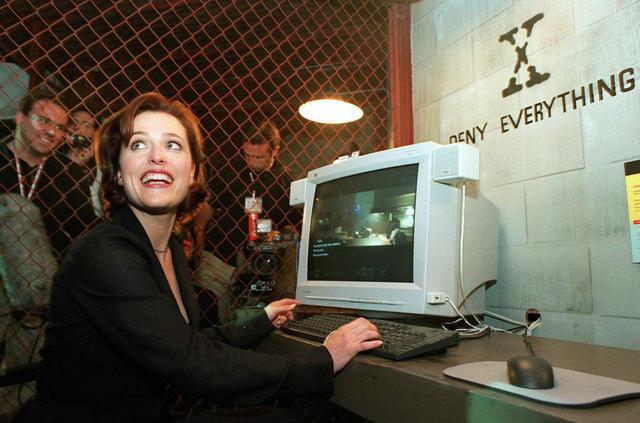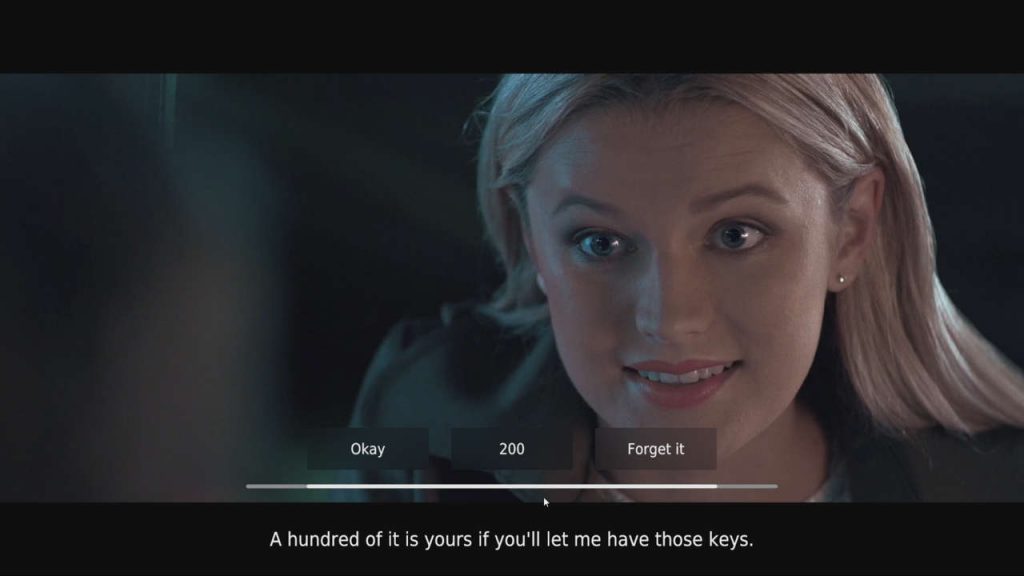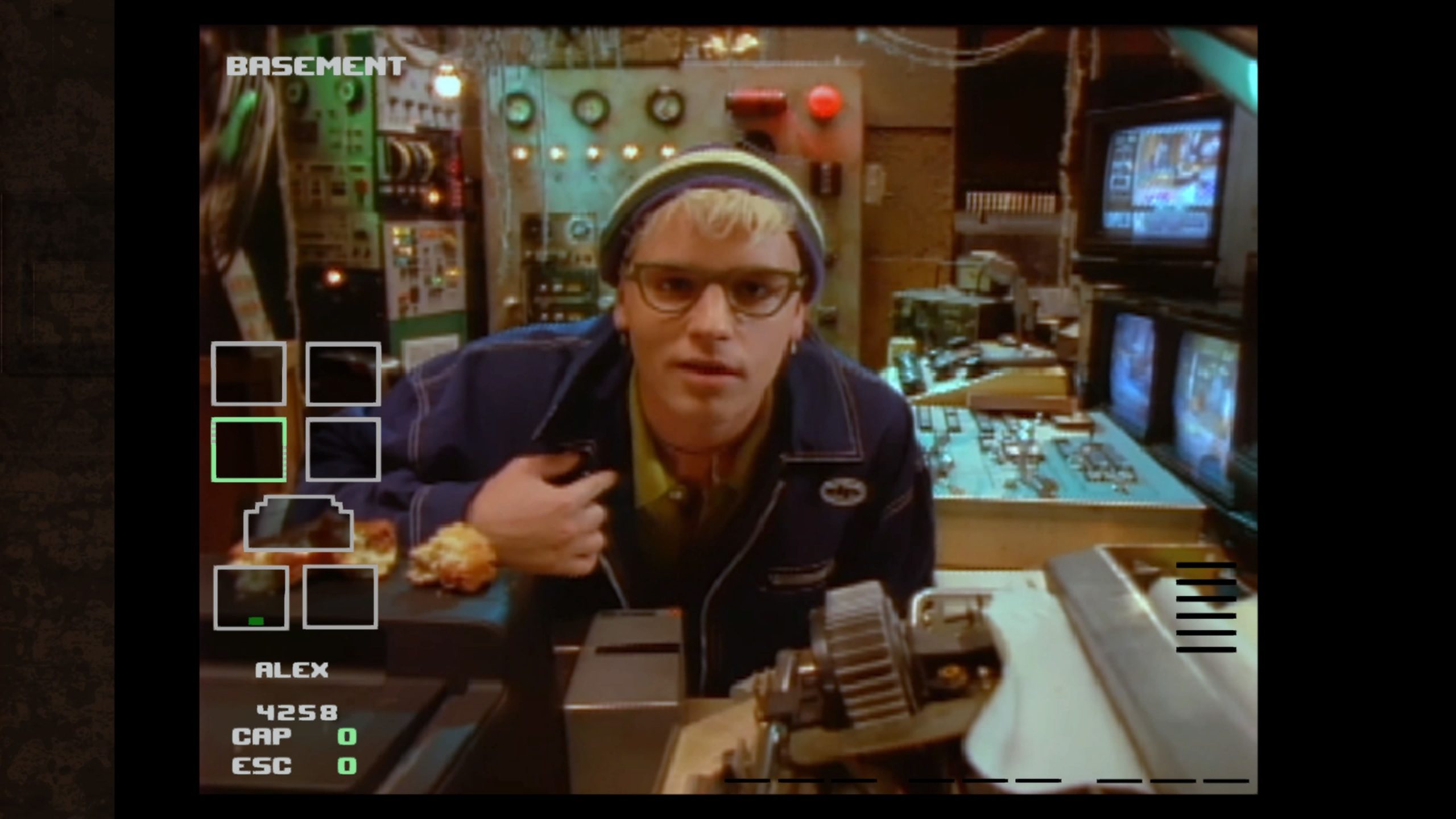I’ve been a gamer for many years. Gaming is a huge passion of mine and has arguably taken up more time than any other hobby or pastime I’ve been engaged in. At any one time, I’ve owned at least two consoles, be that a portable device such as a PSVita or Nintendo DS; and a home console such as a PlayStation or an XBox.
Now, despite loving gaming so much, I’ve not really improved at it over the years. The old adage of practice makes perfect doesn’t really apply to gaming, as by the logic of that statement, I should have been champion several times over. As long as there have been games, gaming fans have been arguing over what their intention is, whether it’s to challenge us and mentally stimulate or whether it’s really designed for a relaxing and unwinding chance to escape the rigours of the day.
Gaming is now a trillion dollar industry. The Financial Times reports that as more people are forced to stay indoors particularly, during the last several months of lock down across the globe, the gaming industry has reaped the benefits. If possible, people are actually spending more time online, and investing more into digital currency then ever before. And there are games for every type of gamer; challenges, stimulants, simulators, relaxing games and even a virtual representation of a real hobby, sport or pastime. For me, one of the most interesting series of games has always been that which is focused around full motion video, or FMV, for short.
FMV is a narration tool used in gaming where actual video footage is employed, either partially or wholly, to direct the narrative. As technology initially advanced in the 90s, a series of titles was released across formats such as the Sega CD and Laserdisc to create “interactive movies” which were almost solely devised of actual video footage that the viewer could control. Choices were given in the same vein as original text adventure titles on the ZX Spectrum where a player would need to act in a specific way to either avoid death or dismay and ultimately end the game. Some games just employed this technology in “cut scenes” between actual gaming, with an example being the Wing Commander series for PlayStation and PC.
In this specific example (for the third game in the franchise) developers Origin Systems created huge set pieces and hired noted and respected actors such as Mark Hamill and Thomas F. Wilson. This footage rewarded the player for completing tasks by advancing the story narrative and also creating a rather compelling movie that remains interesting to watch; even to this day!
For this article I wanted to give you a run down of some of my favourite full motion video games ever made. Indeed, this list could use games from any point in history, as developers Wales Interactive are just one example who’ve convinced us FMV titles have not exactly been forgotten. Some of these titles you may be aware of, especially considering their modern day console re-releases on PlayStation and Switch; although other titles you may be so aware of, and it’s my hope that you’ll check them out where possible and maybe even give some YouTube footage a watch to remind yourself. That said, in all cases, nothing beats the original experience of playing these titles and learning of all the secrets within.

Black Mirror; Bandersnatch (2019)
OK, so right at the top of the list, I’m cheating. And I’m sorry about that. But I do need to give a moment to talk about Black Mirror’s phenomenal stand alone project ‘Bandersnatch’ which was – and I trust still will be for a while – exclusive to Netflix. Black Mirror is a programme co-created by Journalist Charlie Brooker. Brooker was born in 1971 (and that’s quite important) and began his career prominently coming to attention as a Video Games Journalist. Black Mirror itself is a “monster of the week” type format show which employs an isolated narrative in the style of the Twilight Zone. Though the themes can switch between fantasy, horror and romance etc. and a lot of Brooker’s own episodes tend to focus around the idea of gaming in some form.
Bandersnatch was released as its own separate piece entirely, exclusively to Netflix, in 2019. Set in 1987 it tells the story of Stefan Butler who gets the opportunity to write and design his own video game – Bandersnatch – for the company Tuckersoft. The story itself is intertwined with Stefan’s own traumatic past and the subject matter of Bandersnatch, which is based on fictional writer Jerome F. Davies (a Hunter S Thompson type character) and his own murder suicide. Bandersnatch the book, upon which Stefan is basing the game, is a choose your own adventure novel; with different paths and possibilities for the reader.
Equally, Bandersnatch itself (for the viewer, that’s us) is a choose your own adventure episode. At various points throughout the narrative we’ll be encouraged to choose one of two or three answers; dependent upon our choices, the narrative will play out accordingly. Of course, like a lot of choose your own adventure novels, the story will reach an untimely conclusion should you choose the wrong path – and Bandersnatch has more than a few places where the road can mislead you. While the episode itself is a phenomenal recreation of the time period and a very unique way of introducing this type of interactivity to those who wouldn’t normally engage in it, it’s not strictly speaking a video game. But I hope that you’ll forgive me nonetheless and check it out, as it’s easily the most accessible (readily available) instalment on this list.

The X Files Game (1998)
Released for Windows by Fox Interactive in 1998, The X Files Game was a title largely accessible by virtue of the fact that it was based on a popular television show, for which it had an established fan base. The title was later released on PlayStation in 1999, at which time I myself played it, and became intimately aware with its workings. Whilst the premise of the show was based around a division of the FBI which worked with paranormal or other unexplained phenomenon, the X Files game saw you play as the unknown Craig Wilmore, an agent working for the Seattle Field Office and investigating the unexplained disappearance of Mulder and Scully, the title characters from the show.
One of the main criticism of the game at the time, was that although Mulder and Scully both appear within a portion of the game, they are largely absent from our screens. Neither do you get to play as Mulder or Scully at any stage, although you do find yourselves interacting with such series regulars as Mitch Pileggi and The Lone Gunmen. An interesting fact at this point is that the Lone Gunmen series, which itself was short lived, was actually co-created by future Breaking Bad creator Vince Gilligan. Regardless, the title does present a competent cast of actors, who naturally reflect off of each other and don’t appear to be either rigid or awkward like other similar titles.
The PlayStation instalment of the game is based across a whopping four discs whilst the Windows game was based across – wait for it – eight, as you play what is an extended interactive episode searching for the agents. What’s probably most incredible looking back is just how much work went into this title, with little Easter eggs I’m still finding today, scenes that were filmed which have no relation to the narrative but create new possibilities and paths for replay. The game was filmed on Digital Betacam tape with Sony cameras and captured using Power Macintosh’s running Adobe Premiere and Media 100. It cost $6 Million to create, one for each hour of footage shot for the game, and production took four years in total.
As indicated in the photo above, if you want to be as happy as Gillian Anderson, I’d strongly suggest playing this title on PlayStation with an official PlayStation Mouse. Alongside titles like ‘Riven’ and ‘Broken Sword’ it’s one of the few titles which work with the PlayStation Mouse but it’s well worth the additional expense. With a reboot of the X Files series having happened in the last few years I’ve been surprised not to see this game rebooted and remastered for a new audience.

Golden Nugget (1996)
Golden Nugget was developed by Abalone Entertainment and initially slated to be released for PlayStation in 1996, although it was subsequently developed by Virgin Interactive in 1997. The game itself is a gambling simulation and features several games of chance in a Las Vegas casino setting; something which has proved popular across every format imaginable pretty much since the invention of gaming. What’s unique about this particular title, however, is that it used simulated footage of the real life Golden Nugget casino and was blatantly a large advertisement for the premises.
The design and model of the flooring is identical to it’s “real life” counterpart and, to the keen eye among you, the game was released for PlayStation on two discs – something of a rarity for a gambling simulator. This is because the second disc contained the games story mode, including 45 minutes of footage featuring Batman actor Adam West in the title role. Certainly, praise needs to be given to developers for trying to find some way to make the game more appealing, and the inclusion of such an iconic actor in this way made for entertaining – albeit usually awkward – cut scenes. Of course, there’s not much interactivity in these scenes, but considering the game wasn’t released outside of North America it still remains something of a rarity today.
You may also remember Virgin Interactive as responsible – in part – for the original Resident Evil title, no doubt their contribution to include the full motion video material at the beginning of that game.

Night Trap (1992)
Being honest, I couldn’t have made this list without Night Trap, as it’s probably the most famous example of full motion video gaming in history. Recently, the title celebrated it’s 25th Anniversary with a re-release on PS4 and Switch and a physical format release from Limited Run Games in North America. Developed by Digital Pictures, it was actually recorded in 1987, and so was scheduled for release on the Sega CD in 1992. But the game’s initial destination was the Hasbro NEMO – a format so deep in development it was cancelled a mere month before launch. So the footage itself was kept and the game play redeveloped for Sega CD.
The story involves a group of teenagers spending a typical Friday sleepover at a cabin in the woods. The teenagers don’t realise that the cabins inhabitants, including two of their classmates, are actually vampires; and they’re being hunted as prize game. Of course, the teenagers have backup, since the awkwardly named SCAT are a bunch of marines straight out of Aliens and monitor the cabin to try and bring the family down. You play an unknown controller of the cameras, who monitors the various rooms looking for opportunities to aid your colleagues and also killing monsters using the strange – and conveniently placed – trap doors throughout. You’re also aided by one of the teenagers in the party, who happens to be an undercover agent.
Things can go two ways; you can spend so much time focusing on the cameras to trap the monsters that you’ll miss all the cheesy dialogue and action in the other rooms, or you can focus on the cheesy dialogue and completely ignore the impending nightmare that awaits. There are several different endings, depending on how many people you save and when, and the game definitely feels like a less advanced version of ‘Until Dawn’ – which proudly remains one of my favourite titles to this day. This game may also have been on your radar because of the controversy it gathered upon it’s original release, when in December 1993 a United States Senate committee criticised the game (along with Mortal Kombat) for being unnecessarily violent and “disgusting”. This led to criticisms from senators that the game was responsible for damaging America’s youth, the developers themselves responding that it was a clear indication the senator had not even played the game.

Late Shift (2017)
Released by Wales Interactive in 2017, and screened at the Raindance Film Festival among others, Late Shift is certainly example of a modern and 4K respectable looking interactive video game. As the title suggests it follows the character on an overnight shift for work, what should be a quiet night, but ultimately turns out involving him in a heist, kidnapping, murder and the Chinese Triads. Once again you choose the responses and, if you choose the right ones, you’ll make it through the game relatively intact. Then, depending upon which decisions you make in the final act will determine the outcome with eight possible endings to unlock.
The inclusion of “alternative/deleted scenes” and the different endings mean there is a real replay value in this title. Additionally, it looks beautiful, with the opening shots of London and the Tube giving the game a phenomenal starting point. The colour and saturation in this game are incredible and, compared to anything else on this list (with the possible exception of Bandersnatch) you’re unlikely to play a better looking game. For those of us who are used to FMV titles being analogue and having to fit all this data on the tiny PlayStation or PC discs – relatively tiny in comparison to the size of quality video footage – this is a game you need to play which moves this genre firmly into the 21st Century.
One thing I particularly enjoyed about moving these titles into the modern age is the deliberate urgency of the decision making; and when faced with a choice the player doesn’t have time to decide, they need to pick one or the other within seconds. This is also a practical response to advanced technology as well, since the response rate of the game play is a lot more seamless than it’s older compatriots. Whilst some noted the games continuity errors on review, I have to be honest, this isn’t something I was looking out for or something I noticed and I’ve probably played this game 20 times on several different formats. I am still unsure what Eurogamer meant by that myself.
When I originally began this list myself I had no idea how far the term interactive movie actually went and that there was an interactive film released in 1967 named ‘Kinoautomat’ and I encourage you to read the story of this film and why it was banned in Communist Czechoslovakia. It’s incredible just how far this rabbit whole goes and so, with that aside, the final entrant on my list…

Mad Dog McCree (1990)
Before Red Dead Redemption, there was Mad Dog McCree. Released for Arcades and LaserDisc in 1990, Mad Dog McCree is a Western in which you play as the silent unknown – a bit like A Few Dollars More – but that’s where the Clint Eastwood comparisons will end. Mad Dog and his gang have given the town of UFT a hard time, and they’re fed up. The player is unknown to the residents of UFT, but within seconds of his or her arrival, a pistol is jammed into their palm and they’re provided with permission — nay, strict orders — to murder any vaguely threatening humans they encounter with no fear of legal repercussions.
I first played this title in Arcades and it was a fantastically enjoyable light gun game; one which was made even more impressive at the time because it featured full motion video, allowing you to engage more as a player with the “advanced graphics” of real people. It was also helped massively by the set pieces and design of the stage, which helped production value too. Of course, it was also extremely comical – perhaps deliberately so – to reflect attention away from the fact that you’re murdering strangers left and right.
The game itself spawned several sequels but it’s the original, probably because of the nostalgia, which remains so near and dear to my heart. Should you ever get a chance to play this game (the most modern version I’m aware of was released for the Wii) then I’d highly recommend it.
And that’s my list, as always, I welcome your comments below…






Recent Comments: